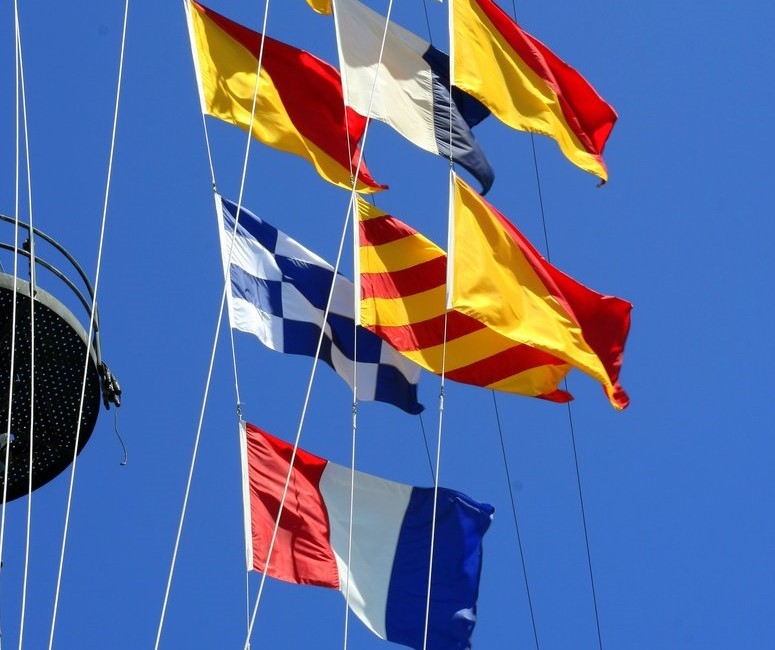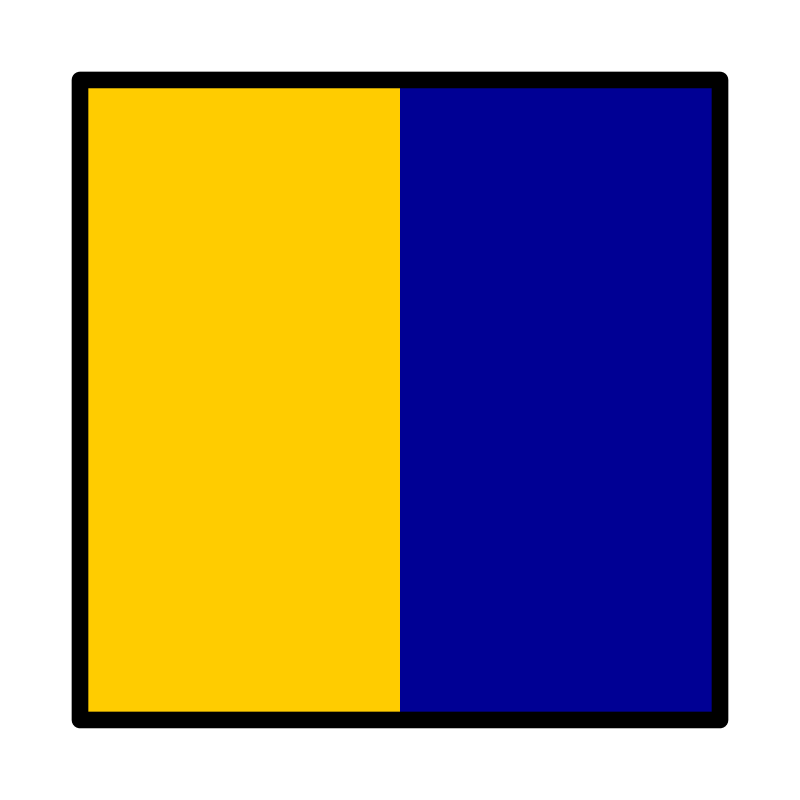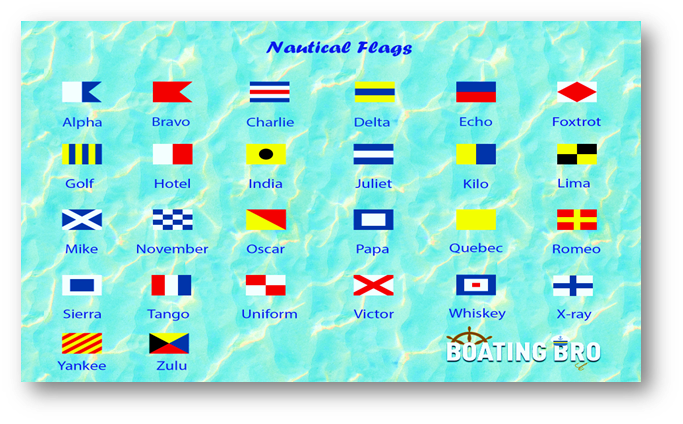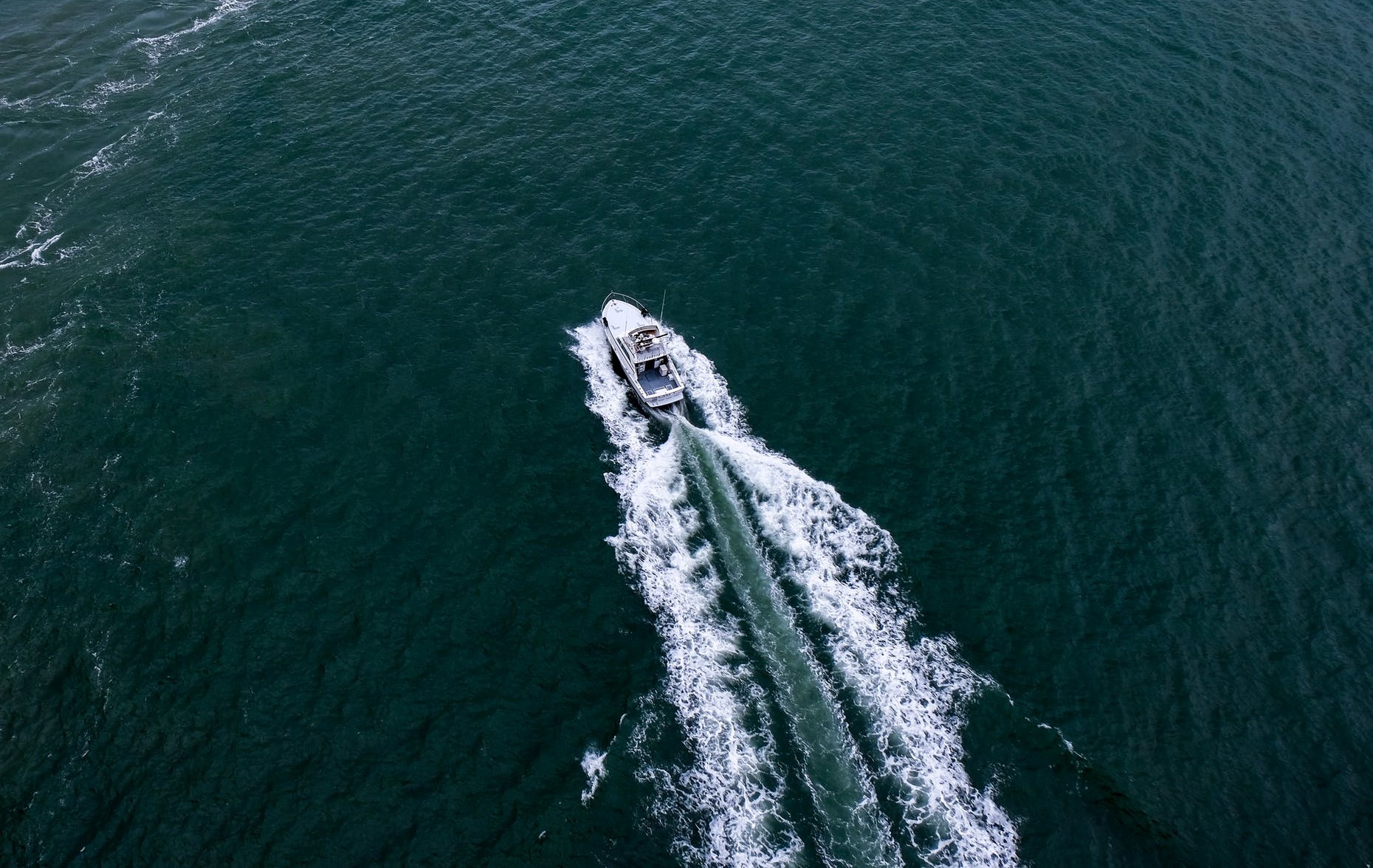
What are the meanings behind nautical flags?
In this article, we guide you on how to interpret them and why boats of different sizes use them in the first place.
What Is a Nautical Flag?
A nautical flag is usually composed of squares and stripes in striking colors that fellow boaters raise in front of one another to deliver an important message of assistance, whenever something urgent or important requires attention.
What Are Nautical Flags Used For?

Below are some of the reasons why boaters use nautical flags:
- Storm warnings
- Distress signals
- Substitute for weak or no telecom signal
- Navigation guide
What Are the Different Types of Flags?

Flags are divided into four primary kinds. Two of them are known as nautical flags that can be used side by side, to form complete ideas of communication.
- National Flags – represent the place of origin.
- House Flags – represent the brand name or personal sign of the boat owner.
- Alphabet Flags – represent conversational words between or among boaters and also known as signal flags.
- Pennant Flags – represent numbers that can be used with alphabet flags and are also signal flags.
International Code of Signals

The International Code of Signals (ICS) is a standardized system of accepted signs or symbols used by marines and other boaters of different nationalities for easy communication. This is where the nautical flags are under.
Its main goal is to prevent any misunderstanding which may arise from language barriers like; meaning, spelling, and diction.
What Do the Nautical Flags Mean?
At a glance, reading nautical flags is like solving a puzzle because you’ll be relying purely on imagery to identify they’re meanings. Some may even think there’s no better way of reading them other than memorizing the interplay of colors and number of stripes and squares in each flag.
How to Read Nautical Flags

Actually, there’s an easier way of reading nautical flags than usual if you look closely on their designs and meanings. Below are the alphabets they represent, what they mean, and how to easily recognize them.
- A (Alpha) = Keep clear, diver is down. (Clue: imagine the flag’s v side facing up.)
- B (Bravo) = With dangerous cargo. (Clue: B for bunkering, red for danger.)
- C (Charlie) = Yes. (Clue: Say “Charlie” like calling a person and his response.)
- D (Delta) = Keep clear, trying to move. (Clue: D for difficulty in movement.)
- E (Echo) = Changing course to starboard. (Clue: E-echo, going to the right.)
- F (Foxtrot) = I am disabled (Clue: Japanese flag but with diamond center.)
- G (Golf) = Seeking a pilot. (Clue: Golf is a sport for rich pilots.)
- H (Hotel) = Pilot on board. (Clue: board and lodging.)
- I (India) = Changing course to port (Clue: I-India, going to left.)
- J (Juliet) = Burning vessel, keep away. (Clue: Keep your distance, Romeo. I’m not in the mood.)
- K (Kilo) = Need to communicate with you. (Clue: Kilometer, need to close the distance for better communication.)
- L (Lima) = Stop vessel immediately. (Clue: Connect syllable “Li” to “instantly”.)
- M (Mike) = Vessel is stopped. (Clue: Turn “Mike” into possessive form “mine”. Make it “my” so my vessel is stopped.)
- N (November) = No. (Clue: Only flag that looks like a chessboard which means “rejection”.)
- O (Oscar) = Man overboard/out. (Clue: Name of a man, O-overboard =off the boat.)
- P (Papa) = Vessel about to sail. (Clue: Papa slang term for a man in Filipino, last call for that man to go onboard because vessel is about to leave)
- Q (Quebec) = Permission to pass through. (Clue: yellow flag, yellow fever , cleared of illness, let me through.)
- R (Romeo) = Turn back. (Clue: from the term, “roam” =after exploration, head home.)
- S (Sierra) = Engines going astern (Clue: Write the name on a piece of paper, put A on top of S= AStern.)
- T (Tango) = Stay away. (Clue = T for trawling, or catching fish, give me a space.)
- U (Uniform) = Approaching danger zone. (Clue = U for you, Red = danger.)
- V (Victor) = Need help. (Clue: Imagine V as arms of a person swaying in the air seeking your attention.)
- W (Whisky) = Need medical attention. (Whiskey=alcohol, disinfects wound.)
- X (X-ray) = Stop what you’re doing. (Clue: X for done.)
- Y (Yankee) = I am dragging my anchor. (Clue: Imagine tail of Y as your boat anchor.)
- Z (Zulu) = Need a pull. (Clue: Need some towing)
Conclusion
Understanding nautical flags can be hard at first. However, finding a way on how to quickly recognize the meanings behind the nautical flags will help you avoid confusion. Get a copy of our Complete Nautical Flags List and practice reading them today. If you have other methods of understanding nautical flags, don’t hesitate to comment below.



